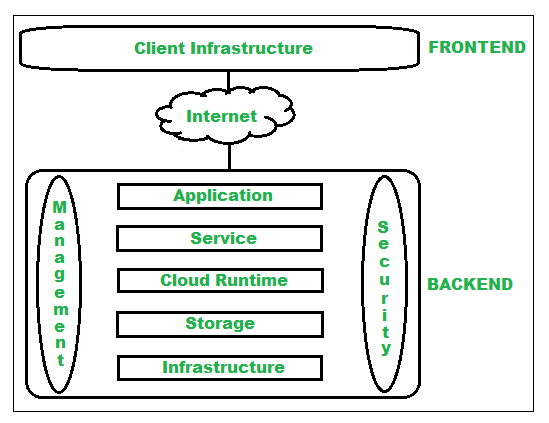Cloud Computing and its Impact on Enterprise Architecture
Introduction
Cloud computing has revolutionized the IT landscape, offering organizations unprecedented flexibility, scalability, and cost-effectiveness. As a result, cloud computing is having a profound impact on Enterprise Architecture (EA). EAs must now consider cloud computing as a core component of their IT strategy.
The Impact of Cloud Computing on Enterprise Architecture
- Shifting from On-premises to Cloud: Cloud computing is driving a significant shift away from traditional on-premises IT infrastructure towards cloud-based solutions, such as Infrastructure as a Service (IaaS), Platform as a Service (PaaS), and Software as a Service (SaaS).
- Increased Agility and Scalability: Cloud computing enables organizations to quickly scale their IT resources up or down based on demand, providing greater agility and flexibility.
- Reduced Costs: Cloud computing can significantly reduce IT costs by eliminating the need for expensive hardware and software.
- Enhanced Innovation: Cloud computing provides access to a wide range of innovative technologies, such as artificial intelligence (AI), machine learning (ML), and big data analytics, enabling organizations to develop new products and services.
Challenges of Cloud Computing for Enterprise Architecture
- Security and Compliance: Ensuring the security and compliance of data in the cloud is a critical challenge.
- Vendor Lock-in: Organizations may become dependent on a specific cloud provider, making it difficult to switch to another provider.
- Data Privacy: Data privacy and sovereignty concerns must be addressed when using cloud services.
- Integration with On-premises Systems: Integrating cloud services with existing on-premises systems can be complex.
Developing a Cloud Strategy
To effectively leverage cloud computing, organizations must develop a comprehensive cloud strategy. This includes:
- Cloud Assessment: Assessing the organization’s current IT infrastructure and identifying potential cloud migration opportunities.
- Cloud Adoption Roadmap: Developing a roadmap for cloud adoption, including timelines, budgets, and resource allocation.
- Cloud Governance Framework: Establishing a cloud governance framework to ensure security, compliance, and cost optimization.
- Cloud Skills Development: Training and upskilling employees on cloud technologies.
The below figure represents an internal architectural view of cloud computing.

Conclusion
Cloud computing is transforming the IT landscape and presenting both challenges and opportunities for Enterprise Architects. By developing a sound cloud strategy and addressing the challenges associated with cloud adoption, organizations can leverage the benefits of cloud computing to achieve their business goals.
